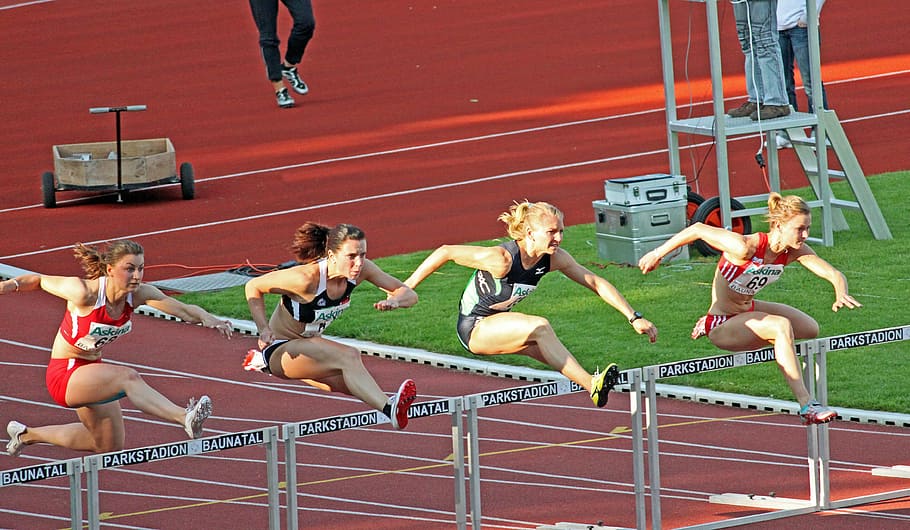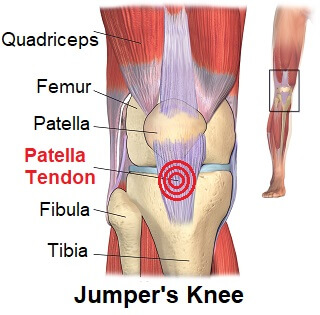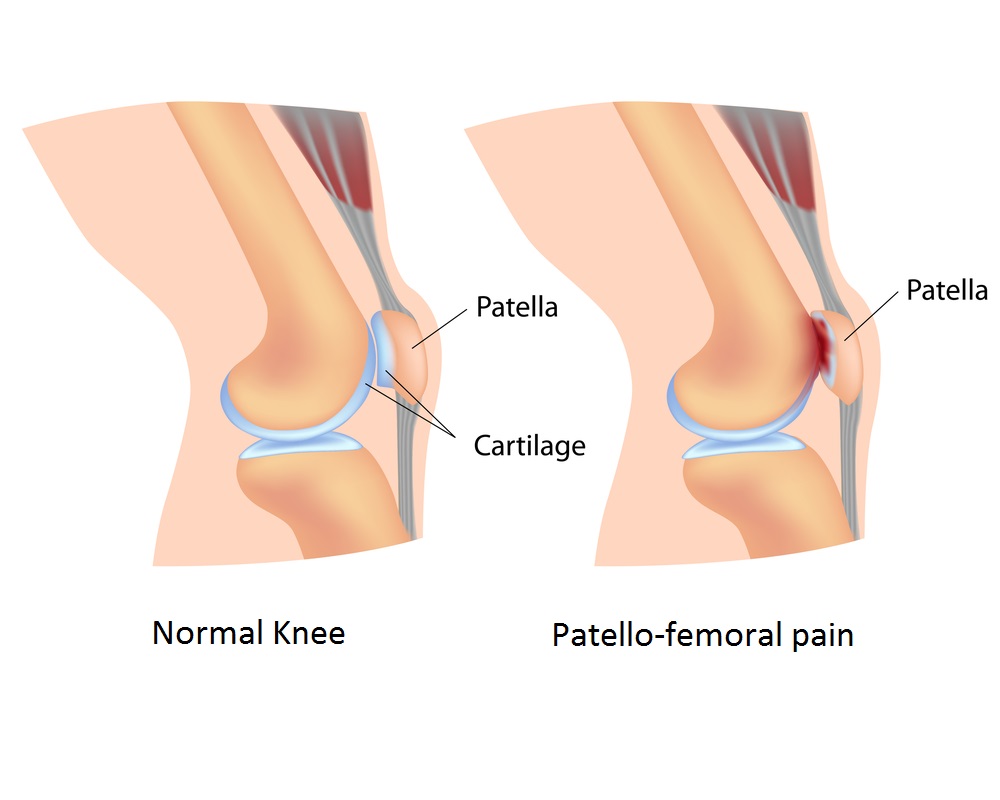

Jumper’s knee
Jumper’s knee is clinically known as Patellar tendinopathy. This can come in the form of tendon inflammation (tendinitis), thickening (tendinosis) or due to a tear of your patella tendon. It is called jumper’s knee is because it is a common injury in jumping sports including basketball, volleyball, soccer and AFL.
The patella tendon is a thick tendon that crosses your patella (knee-cap) to connect your quadricep muscles to your shin bone. Your knee then straightens as you contract your quad. You use it every time you run, jump and walk up & down stairs. The pain is often very localised to just underneath the patella (knee-cap). Pain is associated with jumping, hopping and using stairs. You may also find that you are sore during the first part of a run but then improves throughout the run as the tendon warms up.
There are distinct stages involved in tendinopathies which include:
Reactive Tendinopathy is a short-term adaptation of the tendon due to a thickening of the patellar tendon. This is caused by load to the patellar tendon that is unable to tolerate, usually in a short period of time.
Tendon disrepair is when the patellar tendon continues to get overloaded causing a separation and disorganisation of the collagen fibres within the tendon. This often takes several weeks or months to develop.
Degenerative tendinopathy is when there are large areas of disorganisation of the collagen fibres & even some cell death. This change in the tendon is often irreversible. This stage is more commonly seen in elderly people.
Jumper’s knee is commonly caused by a sudden change in your activity volume or overuse of the patella tendon. Repetitive jumping with inadequate rest causes weakness within the patella tendon and overtime will cause microscopic changes to the tissue itself. If the patella tendon isn’t given enough rest between periods of activity or isn’t able to tolerate the stresses involved with that activity then it can start to cause pain.

Runner’s Knee
Runner’s knee is also known as patellofemoral pain syndrome (PFPS). The is caused by an irritation of the patella as it moves on the femur (thigh bone). The irritation often occurs due to abnormal contact between the patella and femur. The symptoms often feel like there is pain deep inside the knee or pain around the knee cap. Pain is often associated with walking down-stairs, standing up from prolonged sitting or running.
These are the risk factors that influence PFPS:
– Weakness of the quadriceps and gluteal muscles
– Overtraining or sudden changes in training load – prolonged periods of increased training with inadequate recovery periods
– Injuries to other body parts can cause changes in biomechanics and alter the way the knee functions
– Women have greater risk of developing PFPS due to wider hips and differences in knee alignment compared to men
Stay tuned for Jumper’s Knee vs Runner’s Knee Part 2. We will look at tests you can do on yourself to test if you have either of these injuries.
For more information please feel free to contact us, call us on 9280 2322 to chat to one of our physio’s, or book your appointment online.

